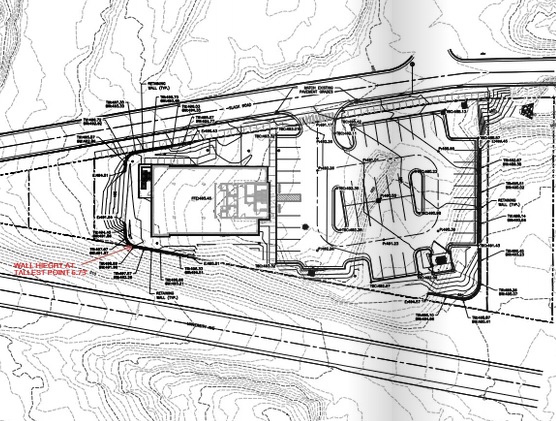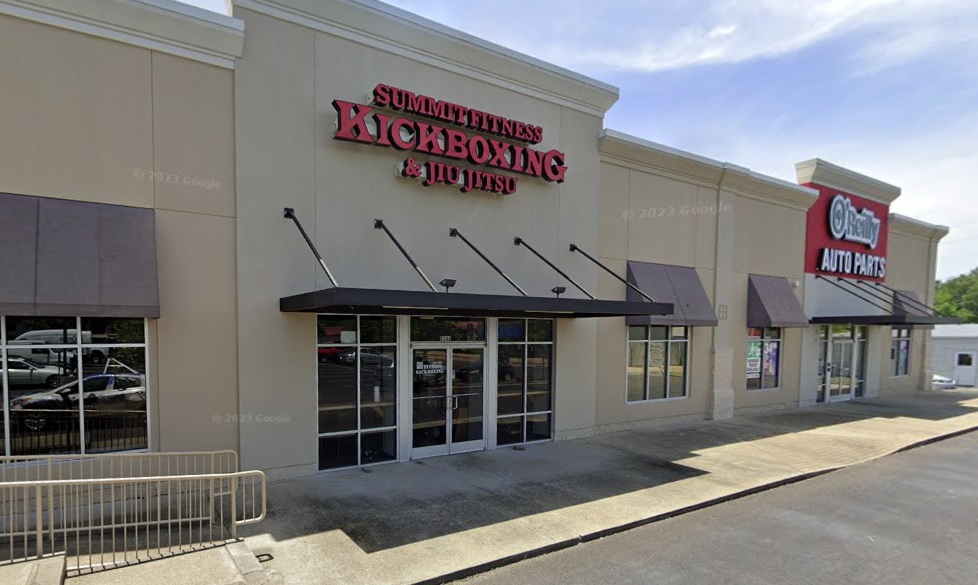UM recalls deadly response, lessons learned
Published 4:30 pm Friday, August 28, 2015
By Christina Steube
On Aug. 29, 2005, Mississippi was changed forever as Hurricane Katrina, the worst natural disaster in United States history, ravaged the Gulf Coast, killing hundreds of people in the state and displacing thousands.
When the storm passed through, recovery efforts began immediately. Emergency agencies and personnel partnered with research institutions to get many forms of aid to the damaged area as soon as possible. The University of Mississippi, far enough north of the storm’s landfall to avoid significant damage, was able to respond in a variety of ways, as students collected and sent relief supplies to shattered communities and faculty members and students helped counsel evacuees and provide vital information to rescuers.
Trending
Almost immediately after the storm passed through the state, a team from the UM School of Engineering headed south to help in preparing maps and images for emergency response personnel and decision makers using Geographic Information Systems, or GIS. Gregory Easson, director of the UM Geoinformatics Center and professor of geology and geological engineering, took several graduate students and their equipment to Jackson to help develop a variety of maps needed by personnel in the emergency response center and in the field.
Just two days following the storm, Easson and five graduate students, along with other university partners and government agencies, were set up at an emergency operations center in Jackson to make maps of everything from locations of food and ice distribution sites to cell tower coverage.
Another important service provided by the GIS support volunteers was geocoding addresses of Mississippians in need of medical help or evacuation. These maps were critical because most landmarks and street signs were destroyed in the storm, making it difficult for rescue workers to find people who needed help. Whenever the National Guard received a call with an address, the GIS team converted that address to geographic coordinates that could be used to find the person in need.
Due to the mass outage of electricity and cell towers, many Gulf Coast-area students attending Ole Miss were unable to contact family members, said Sparky Reardon, who was the university’s dean of students at the time.
“After the storm, a father from San Antonio called me because he couldn’t get in touch with his daughter,” Reardon said. “She had a Coast telephone number and since the towers were out, nothing would go through. Someone suggested to try texting her. Shortly after that, she found a landline and called us in tears, excited that we were able to put her through to her father. That was great to be able to help with.”
The Office of the Dean of Students offered practical advice for students traveling to help their parents in the damaged area, including road damage information, and helped coordinate with instructors about class absences, Reardon said.
Trending
The university also established a fund for Ole Miss students displaced by the storm. Alumni, students, football fans and other donors contributed more than $250,000 to the fund, which provided direct financial assistance to more than 400 students affected by the hurricane.
On Oct. 1, 2005, the university hosted a star-studded telethon to raise money for Gulf Coast recovery efforts. “Mississippi Rising,” a three-hour program broadcast live on MSNBC from Tad Smith Coliseum, featured more than three dozen celebrities and raised more than $15 million for the Mississippi Hurricane Recovery Fund.





